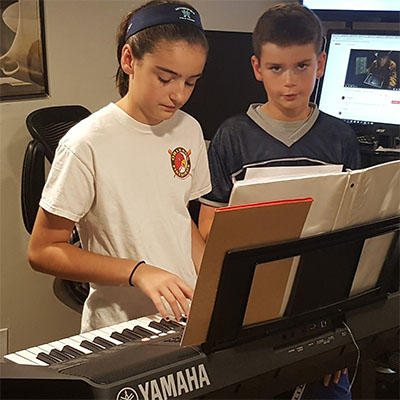

We’ll show you why certain chords and notes sound and “feel” the way do. You’ll learn about keys and scales. We’ll show you how certain chords in a key function, and why certain chord progressions work the way they do.
Plainville is a town in Hartford County, Connecticut, United States. The population was 17,716 at the 2010 census.
Plainville first was inhabited by Europeans around 1650. By the 1660s the land was incorporated as land for nearby Farmington. In the year 1869, it separated from Farmington due to the distance of the town center and the growth of Plainville downtown due to the installation of the New York, New Haven and Hartford Railroad and the Hartford, Providence, and Fishkill Railroad.
As of the census of 2000,[5] there were 17,328 people, 7,385 households, and 4,645 families residing in the town. The population density was 1,776.0 people per square mile (685.5/km2). There were 7,707 housing units at an average density of 789.9 per square mile (304.9/km2). The racial makeup of the town was 93.52% White, 2.25% African American, 0.17% Native American, 1.67% Asian, 0.01% Pacific Islander, 1.19% from other races, and 1.19% from two or more races. Hispanic or Latino of any race were 3.57% of the population.
Give us a call for more information about Home/towns Music Lessons in Plainville Connecticut.